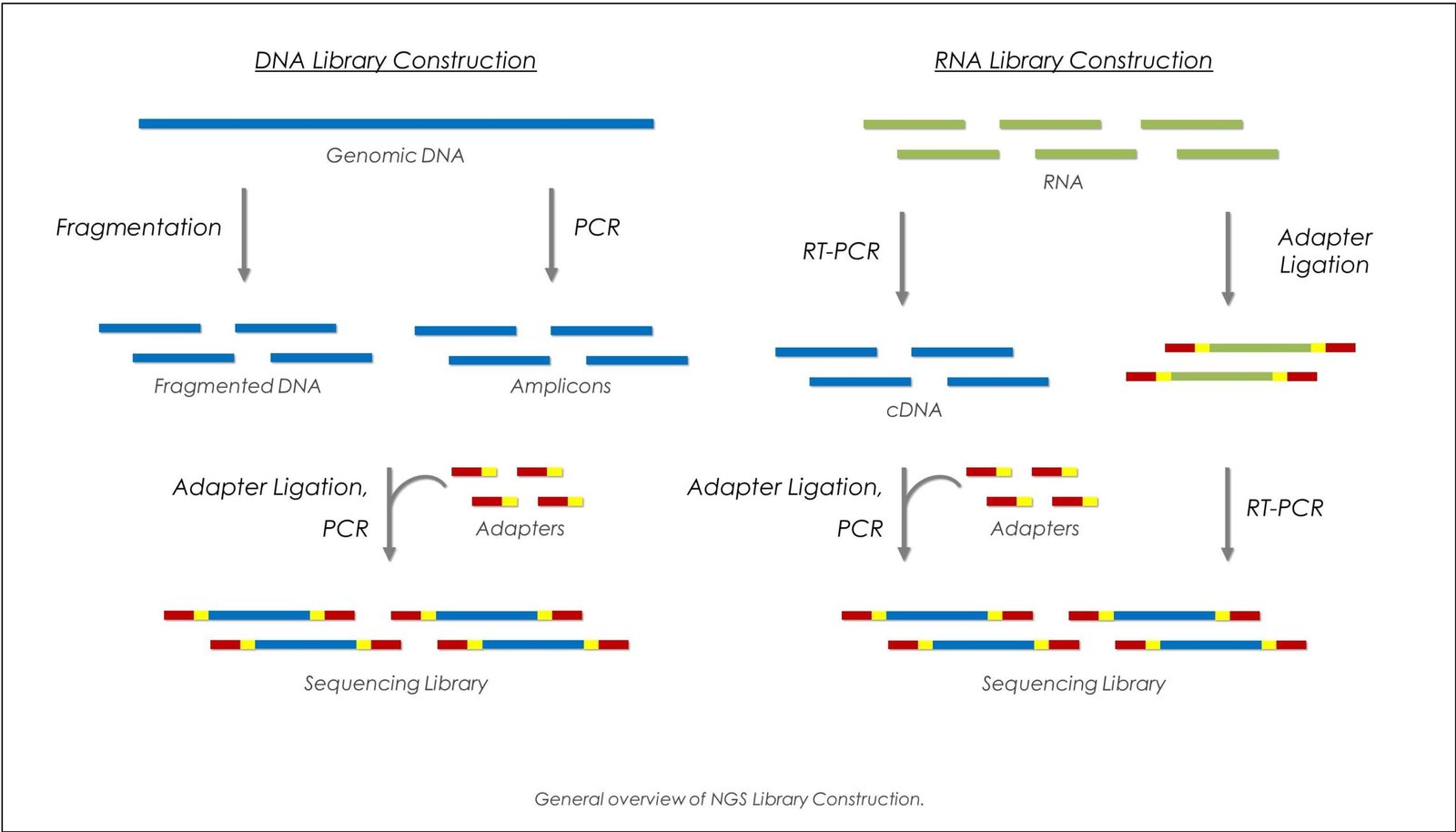Having myalgic encephalomyelitis (ME) usually involves living in a complicated world of symptoms of myalgic encephalomyelitis that cannot be easily seen by others. Some diseases are obvious, but ME is different, because most of its symptoms are invisible, but have such a massive effect on everyday life. This article explores the underground symptoms of ME, throwing light into the experiences of the affected people and giving an insight on how they can be managed.
Cognitive Dysfunction: The Fog That Comes
Cognitive dysfunction, or as it is often called the brain fog, is one of the typical hidden symptoms of ME. Think of a fog coming into your brain and you cannot think clearly, concentrate or memorize things. In people with ME this cognitive impairment may be mild to severe, and may vary throughout the day, being frequently made worse by exertion or by stress. Simple tasks that were previously accomplished with ease might seem like an insurmountable obstacle, impacting work, relationships and even the ability to properly take care of oneself.
The strategies to manage cognitive dysfunction may include pacing the activities, prioritizing the tasks, engaging in mindfulness or cognitive exercises to enhance focus and mental clarity. It is important to educate employers, colleagues at work, and loved ones to create understanding and support regarding these cognitive difficulties.
Post-Exertional Malaise: The Consequences of an Activity
Post-exertional malaise (PEM) is another of the invisible, yet disabling symptoms of ME. In comparison to normal fatigue, PEM is a symptom worsening following physical or mental activity, and the worsening can take some time to appear. That is, any little exertion like taking a shower, making a meal or having a conversation may result in a dramatic deterioration of symptoms hours or days after.
To manage PEM, careful energy management and pacing is necessary. ME patients commonly employ activity records or pacing strategies to track and restrict their activity, resting and activity levels being balanced to avoid provoking a symptoms flare. It is necessary to advocate accommodations that minimize these limitations, including flexible work hours or assistive devices, which allow preserving functional ability and quality of life.
Sensory Sensitivities: Hyper-Responsiveness to Stimuli
Another invisible component of ME which can have a profound effect on life is sensory sensitivities. People can also become very sensitive to light, noise, smell, and touch, which increases discomfort and tiredness. The busy world, such as the shopping mall or crowded places, can be too much and worsen the symptoms resulting in a sensory overload.
Sensory sensitivities can be managed with the help of an enabling environment, which contains triggers. This can involve earplugs or noise-canceling headphones, sunglasses inside or outside, and comfortable, non-irritating clothing and bedding. Teaching others about these sensitivities can create understanding and lead to accommodation that supports comfort and well being.
Creating Awareness and Support
The concealed symptoms of ME are one of the main problems not only to individuals who are affected directly but to their support systems and medical practitioners. With increased awareness of these invisible battles, it will be possible to promote better understanding, empathy and advocacy concerning the people living with ME. By giving people the power to talk about their experiences and needs without fear, it is possible to create more welcoming and supportive communities, in which the invisible symptoms of ME will be addressed and taken seriously.
In closing, the symptoms of ME might not be observable through the naked eye at all times, but their effects are extensive and enormous. By acknowledging and learning about the invisible symptoms of cognitive dysfunction, post-exertional malaise and sensory sensitivities, we can strive to make a more understanding and accommodating world to those living with ME. Education, advocacy and empathy can make a difference to those with ME and enable us to help them through their invisible illness.



